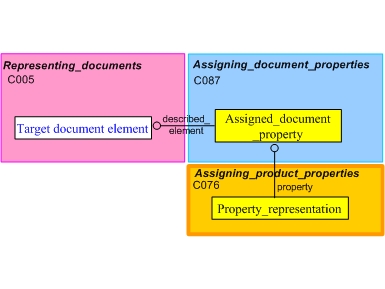
| Capability (C087):— assigning_document_properties | Date: 2007/07/11 16:32:00 Revision: 1.2 |
EXAMPLE A mass property may be assigned to a document

NOTE In addition to documents and files, properties can be assigned to products, activities, described in C076: assigning_product_properties , activities described in C077: assigning_process_properties and resources, described in C078: assigning_resource_properties.
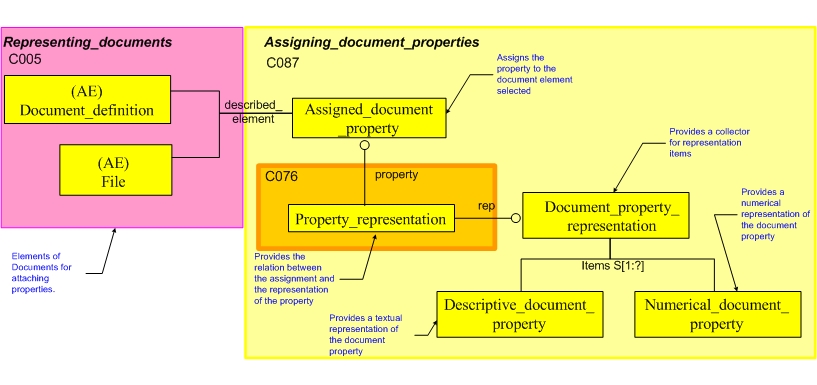
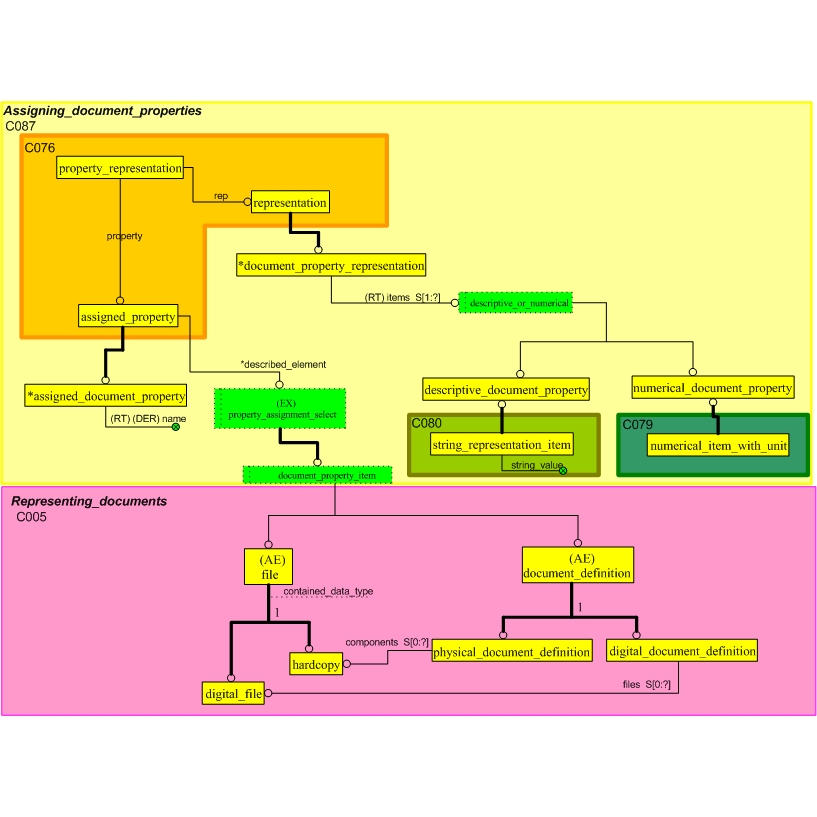
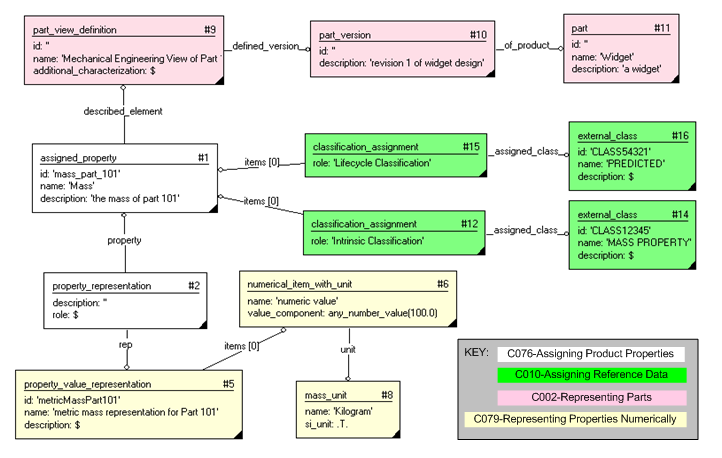
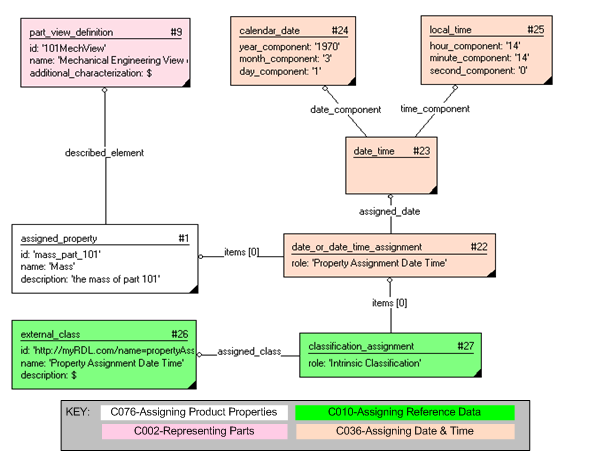
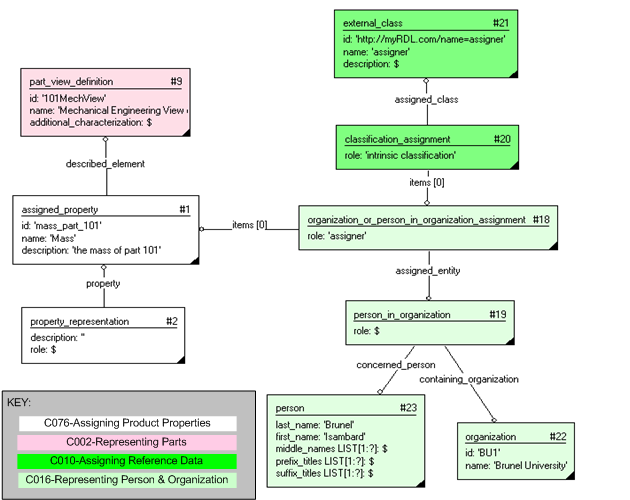
This capability "Assigning Properties to Documents" is related to the following capabilities:
This capability "Assigning Properties to Documents" is dependent on the following capabilities:
© OASIS 2010 — All rights reserved